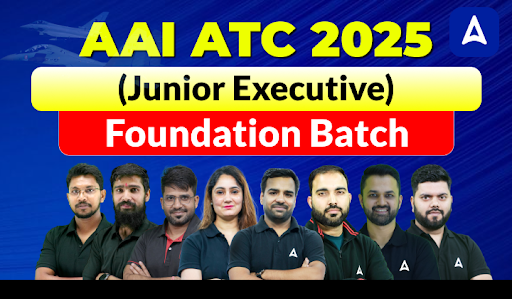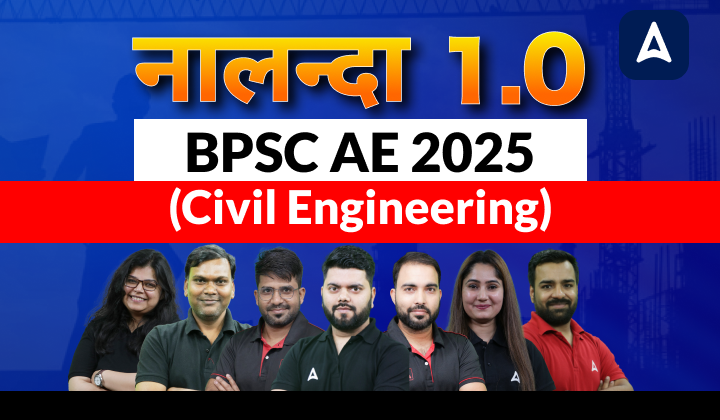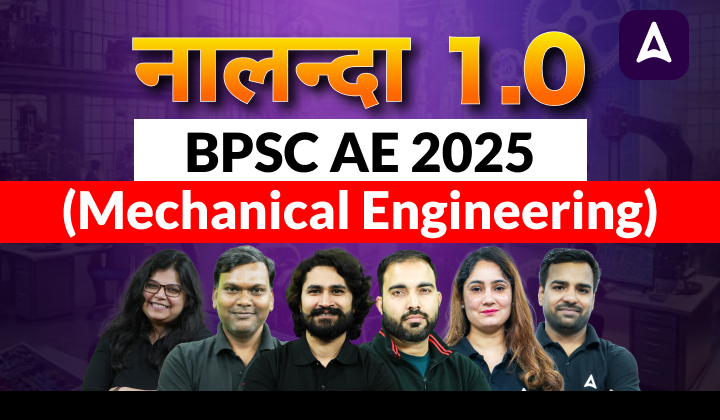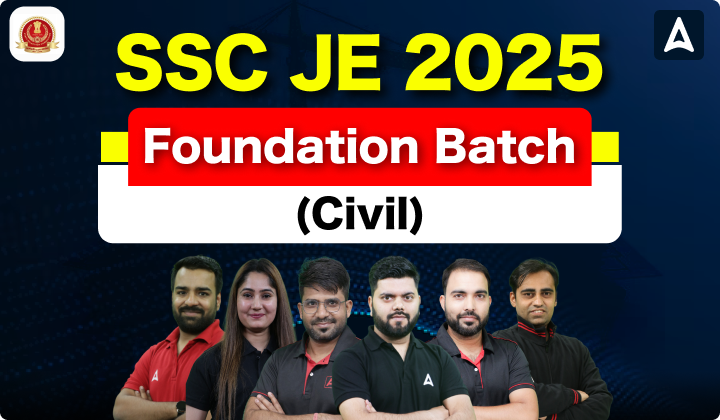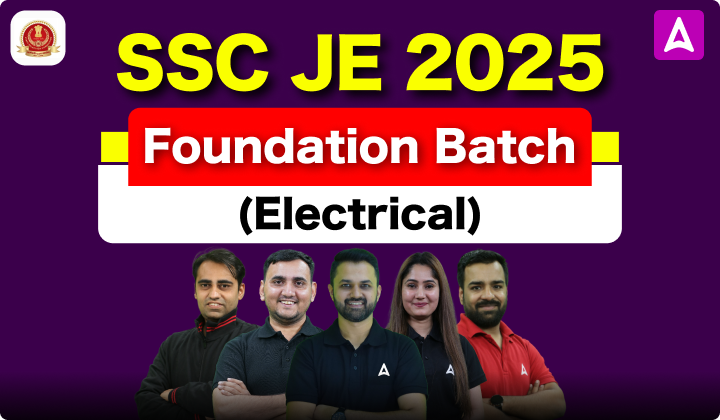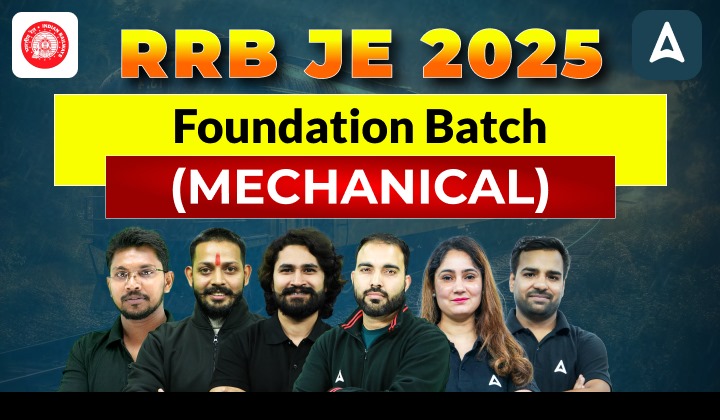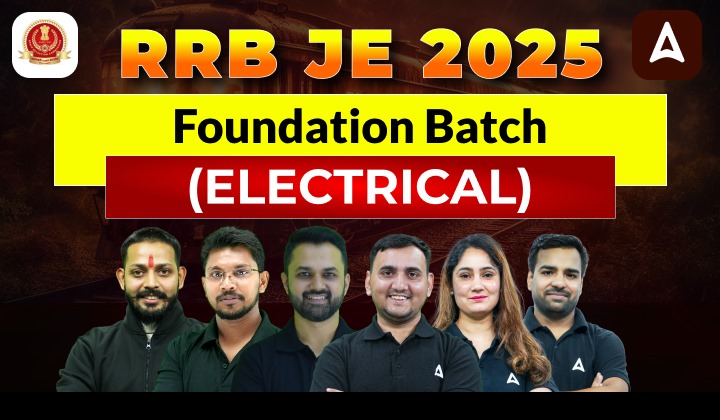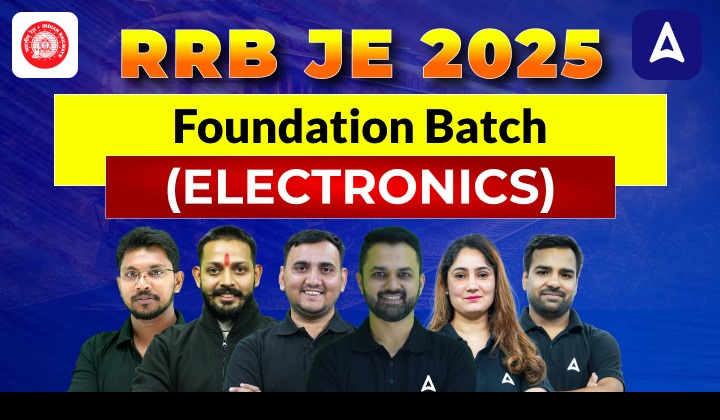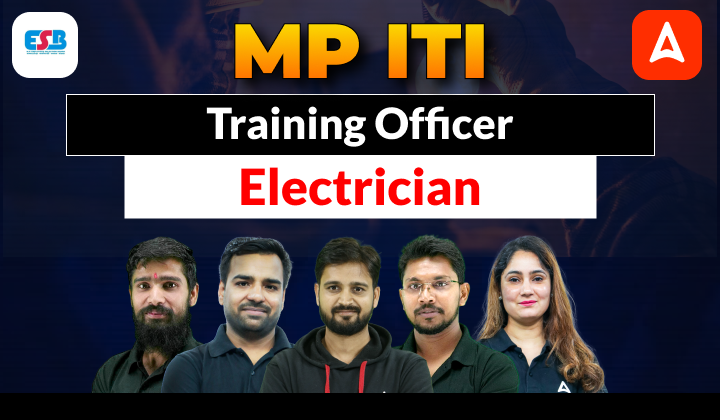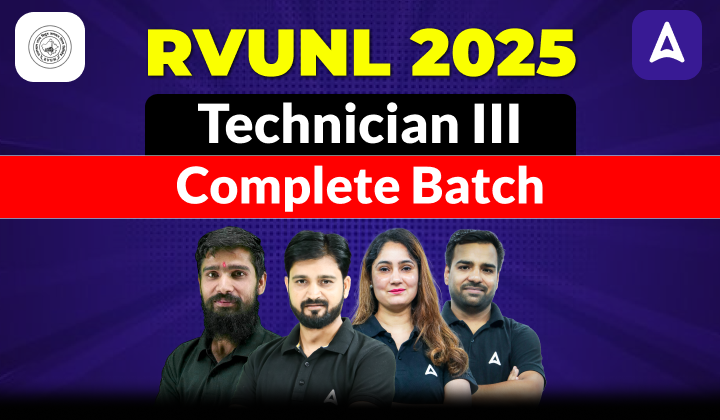Table of Contents
GATE Syllabus 2022 Electronics And Communication Engineering
GATE Syllabus 2022 Electronics And Communication Engineering: GATE Score 2022 is useful for getting a reputed job as an engineer in some Public Sector Undertakings. GATE 2022 Score would be valid for three years after the announcement of GATE Result 2022. GATE Exam 2022 will be conducted on 05th, 06th, 12th, and 13th February 2022. To get desired job or college through GATE Exam 2022 for Mechanical Engineer, the candidates must get marks more than GATE Cut Off 2022. . If they plan and strategize well according to GATE Syllabus 2022 for Electronics And Communication Engineer, then they can grasp and revise the concepts very well to ace GATE Exam 2022 for Electronics And Communication Engineer. In this article, we have covered everything regarding GATE Syllabus 2022 for Electronics And Communication Engineer. The candidates must read the full article to know about GATE Syllabus 2022 for Electronics And Communication Engineer and shall bookmark this website for further updates about GATE Exam 2022 for Electronics And Communication Engineer.
GATE Syllabus 2022 Electronics And Communication Engineering – Overview
| GATE Syllabus 2022 Electronics And Communication Engineering | |
| Name of Conducting Authority | IIT Kharagpur |
| Category | Engg Jobs |
| Mode of GATE Exam 2022 | Online |
| GATE Exam 2022 Admit Card release date | 03rd January 2022 |
| GATE Exam 2022 date | 05th February 2022 06th February 2022 12th February 2022 13th February 2022 |
| GATE 2022 Official Answer Key Release Date | 10 days after the exam |
| GATE Result 2022 | 17th March 2022 |
| Official Website | @gate.iitkgp.ac.in |
GATE Exam Pattern 2022 Electronics And Communication Engineering
GATE Exam Pattern 2022 Electronics And Communication Engineering: The GATE 2022 Exam for Electronics And Communication Engineer will ask questions to check your Application, Analysis, Comprehension, Recall, and Synthesis abilities. All the questions will be Either MCQ or NAT (Numerical Answer Type). According to the new GATE 2022 Exam Pattern for Electronics And Communication Engineer, Some MSQ questions will also be there in the paper where more than one answer can be correct out of four given choices.
The candidates must check GATE Exam Pattern 2022 for Electronics And Communication Engineer through the table given below to get a clear idea about GATE Exam 2022 for Electronics And Communication Engineer so that they can ace GATE Exam 2022 for Electronics And Communication Engineer.
| GATE Exam Pattern 2022 Electronics And Communication Engineering | |
| GATE Exam 2022 Mode | Computer Based Test (Online) |
| GATE Exam 2022 Duration | 3 Hours |
| GATE Exam 2022 No. of Subjects | 29 Subjects |
| GATE Exam 2022 Total Marks | 100 Marks |
| GATE Exam 2022 Number of Questions | 10 (GA) + 55 (subject) = 65 Questions |
| GATE Exam 2022 Type of Questions | Multiple Choice Questions, Multiple Select Questions, and Numerical Answer Type Questions |
GATE Syllabus 2022 Electronics And Communication Engineering PDF
GATE Syllabus 2022 Electronics and Communication Engineering: The candidates can download GATE Syllabus 2022 Electronics And Communication Engineering PDF through the direct link given below for the ease of candidates. Knowing GATE Syllabus 2022 will help the candidates aspiring for GATE 2022 to get good marks and success as they can plan and strategize beforehand according to GATE Syllabus 2022 Electronics And Communication Engineering.
Click to download the GATE Syllabus 2022 Electronics And Communication Engineering PDF
GATE Syllabus 2022 Electronics and Communications Engineering
Section 1: Engineering Mathematics
Linear Algebra:
- Vector space,
- basis, linear dependence and independence,
- matrix algebra,
- eigenvalues and eigenvectors,
- rank,
- solution of linear equations- existence and uniqueness.
Calculus:
- Mean value theorems,
- theorems of integral calculus,
- evaluation of definite and improper integrals,
- partial derivatives,
- maxima and minima,
- multiple integrals,
- line, surface and volume integrals,
- Taylor series.
Differential Equations:
- First order equations (linear and nonlinear),
- higher order linear differential equations,
- Cauchy’s and Euler’s equations,
- methods of solution using variation of parameters,
- complementary function and particular integral,
- partial differential equations,
- variable separable method,
- initial and boundary value problems.
Vector Analysis:
- Vectors in plane and space,
- vector operations,
- gradient, divergence, and curl,
- Gauss’s, Green’s and Stokes’ theorems.
Complex Analysis:
- Analytic functions,
- Cauchy’s integral theorem,
- Cauchy’s integral formula,
- sequences, series,
- convergence tests,
- Taylor and Laurent series,
- residue theorem.
Probability and Statistics:
- Mean, median, mode,
- standard deviation,
- combinatorial probability,
- probability distributions,
- binomial distribution,
- Poisson distribution,
- exponential distribution,
- normal distribution,
- joint and conditional probability.
Section 2: Networks, Signals and Systems
Circuit analysis:
- Node and mesh analysis,
- superposition,
- Thevenin’s theorem,
- Norton’s theorem,
- reciprocity.
Sinusoidal steady state analysis:
- phasors,
- complex power,
- maximum power transfer.
Time and frequency domain analysis of linear circuits:
- RL, RC and RLC circuits,
- solution of network equations using Laplace transform.
- Linear 2-port network parameters,
- wye-delta transformation.
Continuous-time signals:
- Fourier series and Fourier transform,
- sampling theorem and applications.
Discrete-time signals:
- DTFT, DFT,
- z-transform,
- discrete-time processing of continuous-time signals.
LTI systems:
- definition and properties,
- causality,
- stability,
- impulse response,
- convolution,
- poles and zeroes,
- frequency response,
- group delay,
- phase delay.
Section 3: Electronic Devices
- Energy bands in intrinsic and extrinsic semiconductors,
- equilibrium carrier concentration,
- direct and indirect band-gap semiconductors.
Carrier transport:
- diffusion current,
- drift current,
- mobility and resistivity,
- generation and recombination of carriers,
- Poisson and continuity equations.
- P-N junction,
- Zener diode,
- BJT,
- MOS capacitor,
- MOSFET,
- LED,
- photo diode and solar cell.
Section 4: Analog Circuits
- Diode circuits: clipping,
- clamping and rectifiers.
BJT and MOSFET amplifiers:
- biasing,
- ac coupling,
- small signal analysis,
- frequency response.
- Current mirrors and differential amplifiers.
Op-amp circuits:
- Amplifiers,
- summers,
- differentiators,
- integrators,
- active filters,
- Schmitt triggers and oscillators.
Section 5: Digital Circuits
- Number representations: binary, integer and floating-point- numbers.
- Combinatorial circuits: Boolean algebra,
- minimization of functions using Boolean identities and Karnaugh map,
- logic gates and their static CMOS implementations,
- arithmetic circuits,
- code converters,
- multiplexers,
- decoders.
- Sequential circuits: latches and flip-flops,
- counters,
- shift-registers,
- finite state machines,
- propagation delay,
- setup and hold time,
- critical path delay.
- Data converters: sample and hold circuits, ADCs and DACs.
Semiconductor memories:
- ROM,
- SRAM,
- DRAM.
- Computer organization: Machine instructions and addressing modes,
- ALU,
- data-path and control unit,
- instruction pipelining.
Section 6: Control Systems
- Basic control system components;
- Feedback principle;
- Transfer function;
- Block diagram representation;
- Signal flow graph;
- Transient and steady-state analysis of LTI systems;
- Frequency response;
- Routh-Hurwitz and Nyquist stability criteria;
- Bode and root-locus plots;
- Lag, lead and laglead compensation;
- State variable model and solution of state equation of LTI systems
Section 7: Communications
- Random processes: autocorrelation and power spectral density,
- properties of white noise, filtering of random signals through LTI systems.
Analog communications:
- amplitude modulation and demodulation,
- angle modulation and demodulation,
- spectra of AM and FM,
- superheterodyne receivers.
Information theory:
- entropy,
- mutual information and channel capacity theorem.
Digital communications:
- PCM,
- DPCM,
- digital modulation schemes (ASK, PSK, FSK, QAM),
- bandwidth,
- inter-symbol interference,
- MAP,
- ML detection,
- matched filter receiver,
- SNR and BER.
- Fundamentals of error correction,
- Hamming codes,
- CRC.
Section 8: Electromagnetics
Maxwell’s equations:
- differential and integral forms and their interpretation,
- boundary conditions,
- wave equation,
- Poynting vector.
Plane waves and properties:
- reflection and refraction,
- polarization, phase and
- group velocity,
- propagation through various media,
- skin depth.
Transmission lines:
- equations,
- characteristic impedance,
- impedance matching,
- impedance transformation,
- S-parameters,
- Smith chart.
- Rectangular and circular waveguides,
- light propagation in optical fibers,
- dipole and monopole antennas,
- linear antenna arrays.
GATE Syllabus 2022 Electronics and Communication Engineering FAQs
Q1. Where can I check GATE Syllabus 2022 Electronics and Communication Engineering?
Ans. You can check GATE Syllabus 2022 Electronics and Communication Engineering in this article.
Q2. How can I download GATE Syllabus 2022 Electronics and Communication Engineering PDF?
Ans. You can download GATE Syllabus 2022 Electronics and Communication Engineering Engineering PDF through the direct link available in the article.
Now keep yourself updated with Latest Engineering Government Jobs 24×7 Download ADDA247 App Now! CLICK HERE

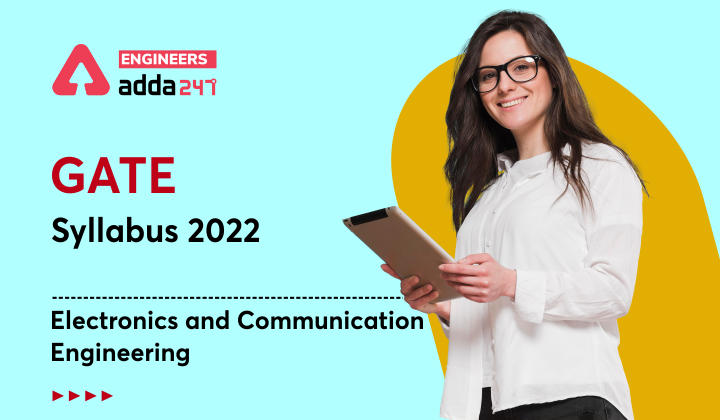
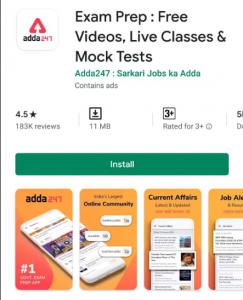

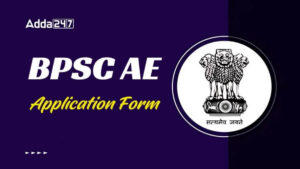 BPSC AE Application Form 2025 Starts, Ch...
BPSC AE Application Form 2025 Starts, Ch...
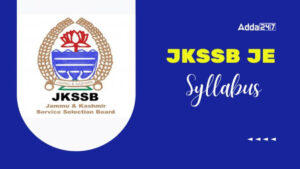 JKSSB JE Syllabus 2025 and Exam Pattern,...
JKSSB JE Syllabus 2025 and Exam Pattern,...
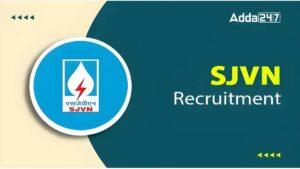 SJVN Recruitment 2025, Apply Online For ...
SJVN Recruitment 2025, Apply Online For ...




